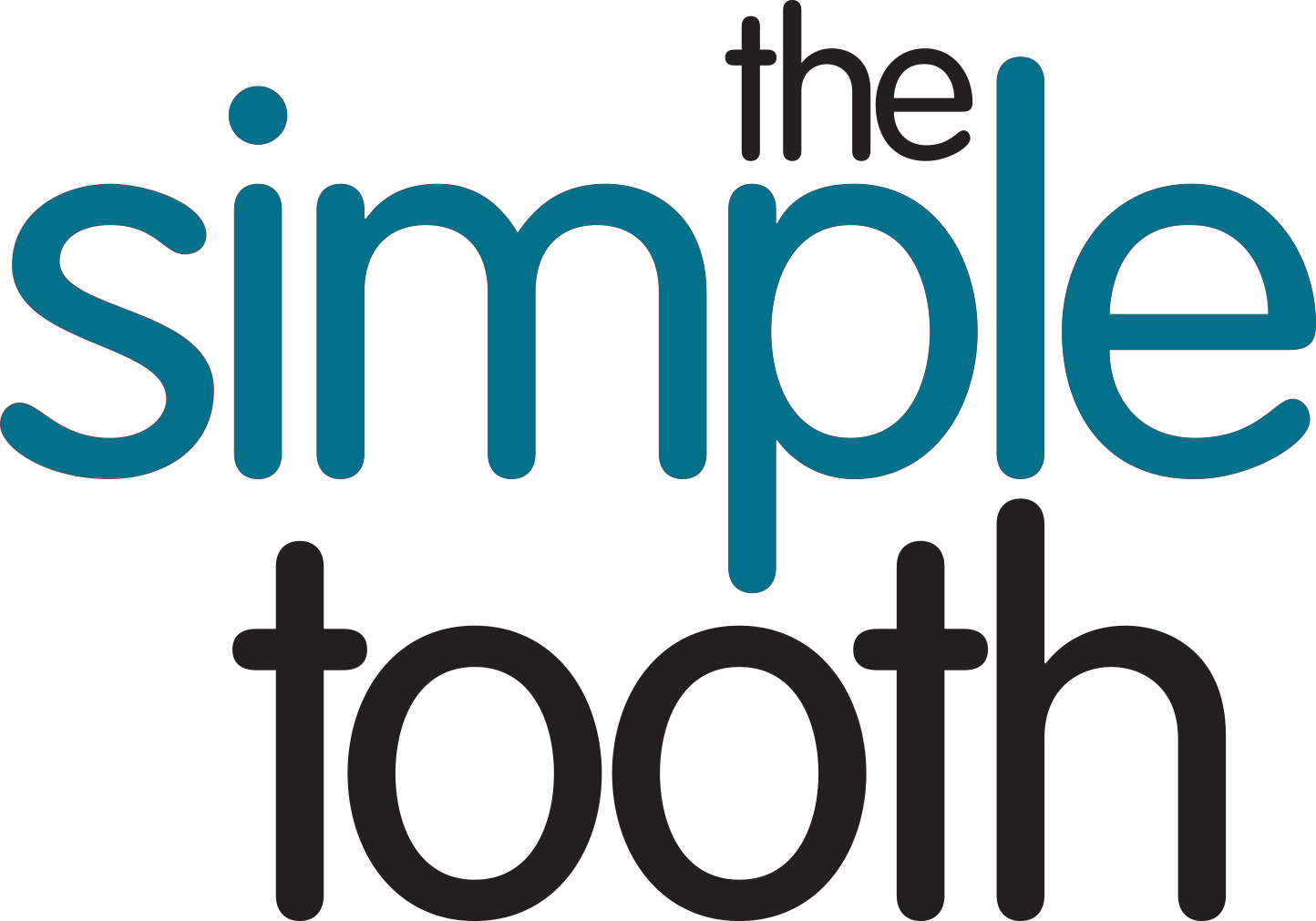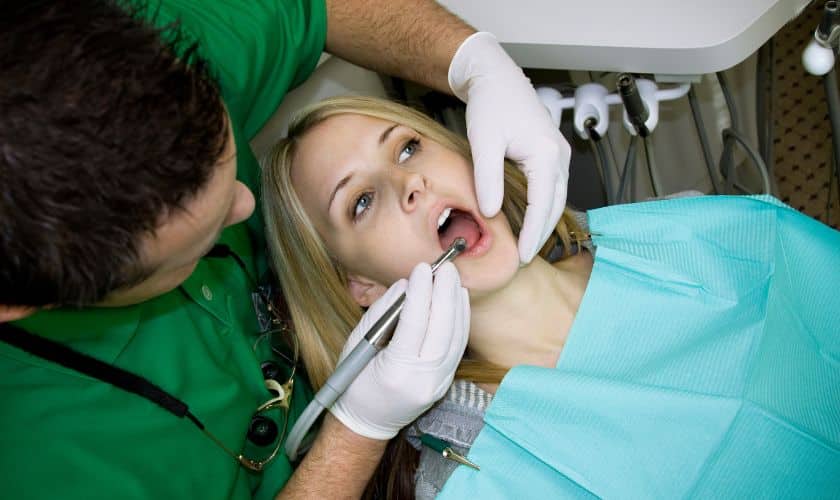26700 Towne Centre Dr #290 Foothill Ranch, CA 92610
What Is The Most Common Type Of Dental Insurance?

Your smile is priceless, and maintaining it goes beyond regular dental check-ups. Dental insurance is pivotal in ensuring your oral health doesn’t affect your financial well-being. As you navigate the labyrinth of insurance options, it’s essential to understand the most common type that millions rely on. In this comprehensive exploration, we’ll delve into the intricacies of the most prevalent dental insurance, offering insights that will empower you to make informed decisions about your dental health and financial security.
Key Features of PPO Dental Insurance
Provider Flexibility: PPO plans to provide a network of preferred dentists and allow you to visit out-of-network providers. While staying within the network usually results in lower out-of-pocket costs, the flexibility to choose any dentist is a crucial advantage.
Cost-Sharing Mechanism: PPO plans typically involve a cost-sharing mechanism where you pay a percentage of the treatment cost, and the insurance covers the rest. This co-payment system ensures you have a financial stake in your oral health while benefiting from insurance coverage.
No Primary Care Dentist Requirement: Unlike Health Maintenance Organization (HMO) plans, PPOs don’t require a primary care dentist. You can consult with various dentists without requiring referrals, providing a seamless experience.
Out-of-Network Coverage: PPO plans to extend coverage even if you choose to see a dentist outside the preferred network. However, the reimbursement rates may be lower, and you incur higher out-of-pocket expenses.
Annual Maximums and Deductibles: PPO dental insurance comes with annual maximums and deductibles similar to other insurance plans. The annual maximum is the maximum amount the insurance will pay within a year, while the deductible is the amount you need to pay out-of-pocket before the insurance coverage kicks in.
Advantages of PPO Dental Insurance
Flexibility in Provider Choice
PPO dental plans offer an extensive network of participating dentists to choose from. You can visit any dentist in-network without needing referrals or prior authorizations. This allows you to switch dentists easily if you relocate or want a second opinion. PPO networks are large, so your existing dentist already participates. You can even venture out-of-network, albeit with potentially higher costs. Overall, the freedom to see any dentist, whether in or out of the network, allows you to find the best provider for your needs.
No Referral Requirement
Seeing dental specialists like orthodontists, periodontists, or oral surgeons typically doesn’t require referrals with PPO dental plans. This removes administrative hurdles, allowing you to promptly seek care from any specialist necessary to maintain optimal oral health. Plans that require referrals can delay access to specialized treatments like wisdom tooth extractions for dentures. PPOs let you take charge of managing your dental health.
Predictable Costs
PPO dental plans clearly outline coverage details, coinsurance rates, and annual maximum benefits. This allows you to estimate potential costs for services and plan budgets accordingly. You’ll pay a percentage of costs for in-network care and a slightly higher percentage for out-of-network. With no complex fee schedules or surprise charges, you can anticipate expenses and make fiscally sound decisions regarding elective or specialized dental work. The cost transparency and structure mean fewer financial surprises.
Drawbacks Of PPO Dental Insurance
Higher Premiums
While PPOs offer extensive provider choice and predictable copays, this freedom comes at a cost. PPO dental plans typically have higher monthly premiums than other insurance options like DHMOs with restricted networks. The broader the provider network, the more expensive a plan becomes. Those on a tight budget may find the monthly costs of PPO premiums challenging. However, the trade-off may be worth it for these plans’ freedom and flexibility.
Administrative Work for Out-of-Network Claims
One of the perks of PPO dental plans is the ability to see out-of-network dentists, albeit at a higher personal cost. The drawback is that visiting out-of-network providers means you may have to handle claims submissions and paperwork yourself. The insurance company will reimburse you for some costs only after receiving and processing the claim forms. This administrative layer can mean delays in reimbursement. Staying in-network avoids this hassle but limits your choices.
Your dental health is an integral part of your overall well-being, and having the right insurance is key to ensuring it remains a priority. Preferred Provider Organization (PPO) dental insurance is the most common and versatile choice for many individuals and families. Its blend of provider flexibility, cost-sharing mechanisms, and coverage options makes it a well-rounded option for those seeking comprehensive dental care. As you navigate the landscape of dental insurance, understanding the nuances of PPO plans empowers you to make informed decisions about your oral health. Remember, the right insurance plan is not just a financial investment but an investment in your smile, health, and peace of mind. So, explore the options, ask questions, and choose the dental insurance that aligns seamlessly with your needs. Your smile deserves nothing less than the best protection.



